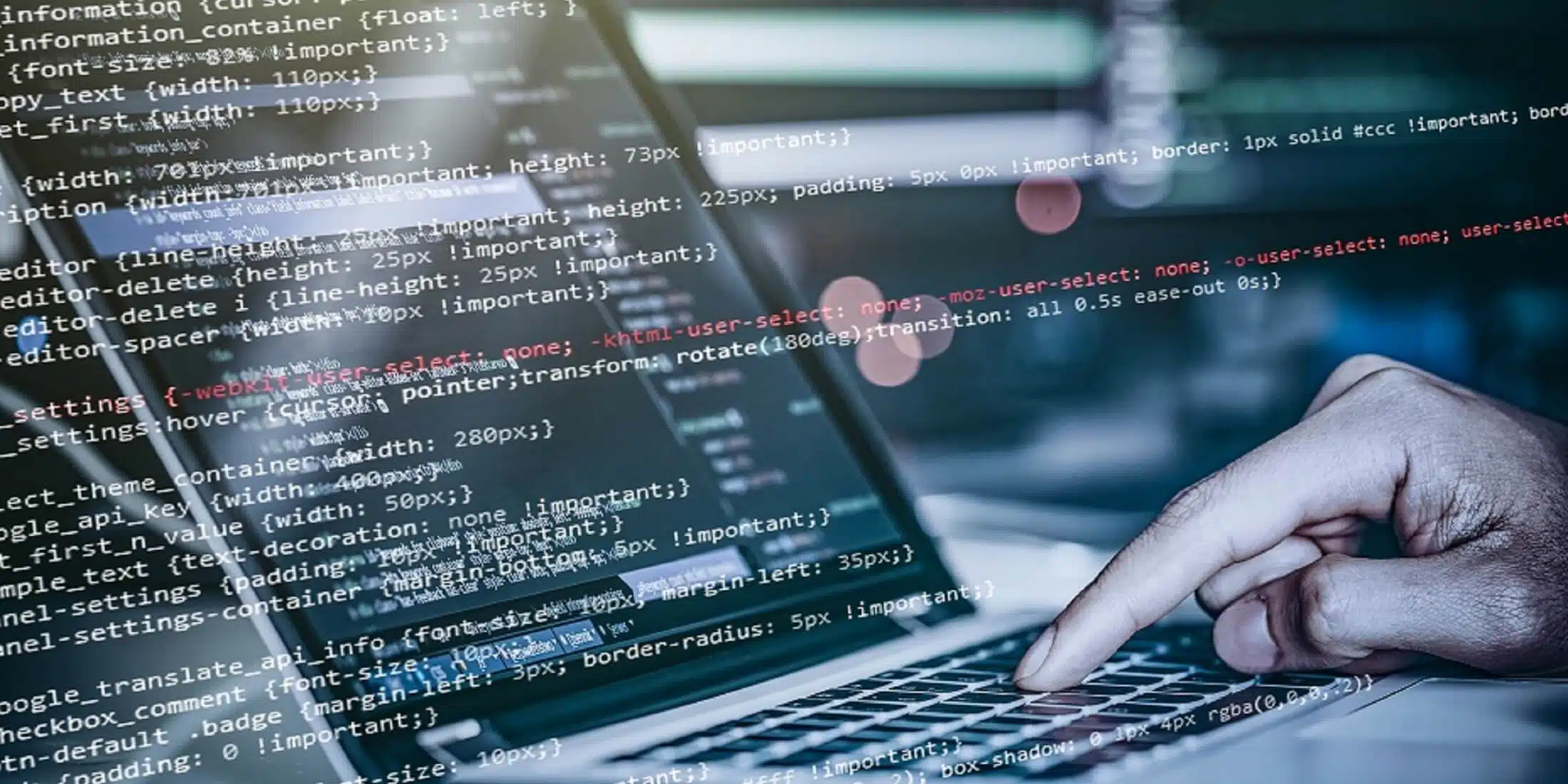Welcome: Introduction Security is more crucial than ever in the quickly changing field of software development of today. Static analysis attacks—where illegal people try to examine code for flaws and exploit weaknesses—threaten developers constantly. Using encrypted primitives mixed with advanced control flow systems is among the most creative answers to this escalating problem. These innovative methods are meant to stop efforts at static analysis, therefore protecting code from malevolent actors. Incorporating c++ encrypted pointer into these solutions would help developers greatly improve the security of their programs, therefore safeguarding private information from access and reach.

- Recognizing Threats in Static Analysis In software development, static analysis is a potent method used to identify flaws or vulnerabilities in a program without actually running the code. Although it has various applications, it can become dangerous if it gets in the wrong hands. Static analysis helps malicious actors find important information about the structure, reasoning, and possible flaws of a program. Reverse engineering, data theft, and illegal access to critical systems are therefore open possibilities.
- Developers are looking to encrypt primitives and control flow methods in response to these hazards. Developers provide a layer of security by encrypting important components of the code, like pointers, variables, and functions, therefore making it significantly more difficult for attackers to understand the inner workings of the software. This depends critically on C++ encrypted pointers as they prohibit direct memory manipulation and illegal access, therefore making it very hard to reverse-engineer protected code.
- How Control Flow and Encrypted Primitives Work Cryptographic building pieces included into the code of a program are encrypted primitives. These blocks guard delicate components like pointers, therefore prohibiting easy reading or manipulation of them. This method flips the code in a manner that disturbs static analysis efforts when coupled with sophisticated control flow systems. Control flow methods change the sequence in which code is carried out, therefore introducing even another level of difficulty for attackers seeking to follow the code pathways.
In essence, stopping static analysis with encrypted primitives and control flow provides developers with a strong barrier against contemporary security concerns. Embracing these technologies allows developers to lock down their code, therefore stopping illegal access and maintaining the integrity of their programs. Including c++ encrypted pointer into these defensive systems provides a strong layer of security that guarantees even the most driven attackers are kept away. Securing software with these cutting-edge techniques is a necessary first step toward a safer and more dependable digital future as the terrain of cyber threats develops.

